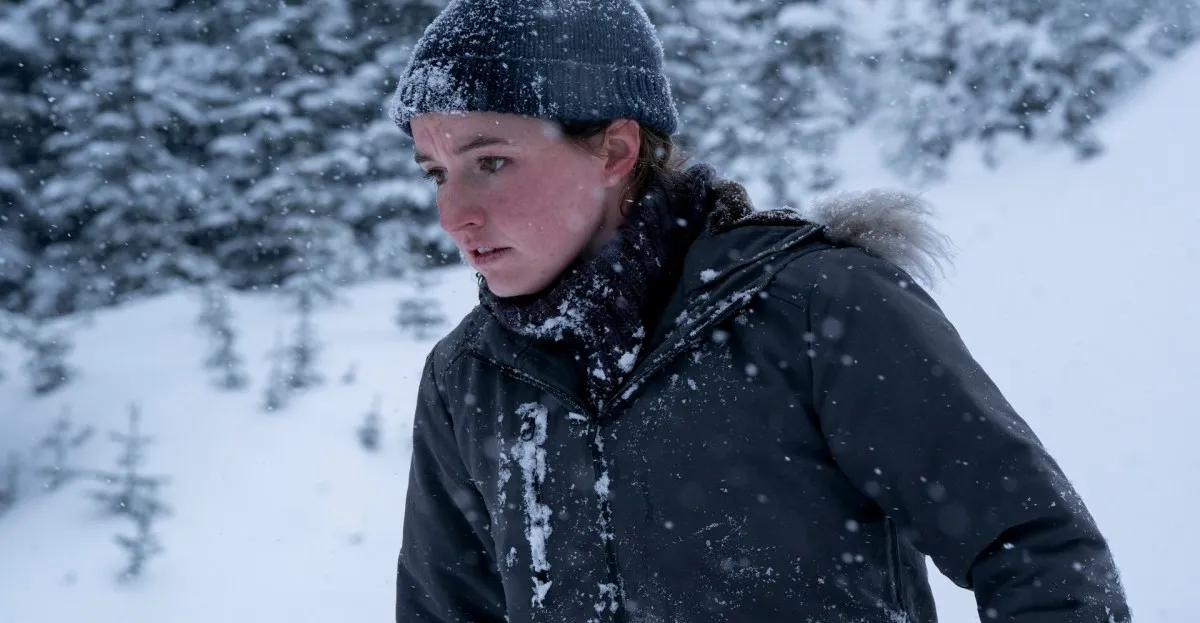
In The Last of Us Part II, players embark on a complex journey that gradually reveals the character of Abby, a figure who serves both as an antagonist and protagonist. Initially, Abby is involved in a violent cycle of revenge against Ellie, but her motivations and background come into focus only around the midpoint of the game, when players finally gain control of her. This storytelling approach, while effective in the game, presented a challenge for the creators of the HBO adaptation as they began to develop the show's second season.
Neil Druckmann, co-creator of the series and writer-director of both games, acknowledges the inherent differences between video games and episodic television. “When we put out The Last of Us Part II, you have the entire story and you decide how you want to pace it out,” Druckmann explained in an interview with The Verge. “Here, we’re releasing episodes weekly, each lasting about an hour. If we waited as long as we did in the game to unveil certain aspects of Abby's character, our viewers would have to endure a lengthy wait that we believed would be uncomfortable.”
This need for a more immediate understanding of Abby's motivations led the team to adjust the timeline of her story. In the premiere episode of season two, the reasons behind Abby's pursuit of Joel (played by Pedro Pascal) and Ellie (portrayed by Bella Ramsey) are more evident from the outset, providing viewers with insight into her quest for revenge.
Druckmann emphasized that the adjustments made to Abby's storyline were not solely for pacing purposes. He noted that the non-interactive nature of television requires a different approach to character development. “We needed to provide something else — through drama and backstory — to foster sympathy for her,” he remarked. “When you play a character, you form an immediate connection. For instance, in The Last of Us Part I, when you control Joel’s daughter Sarah, you instantly care for her because you are stepping into her shoes. However, in the sequel, while playing as Abby, we could maintain certain mysteries for longer periods. This is not the case in the show, so we had to elevate certain events in the narrative to help viewers empathize with her.”
Another critical element in successfully portraying Abby is the casting of Kaitlyn Dever. According to Craig Mazin, co-creator of the series, finding the right actor was essential for establishing a connection with the audience. Abby's character is multifaceted; depending on the story's progression, viewers may find themselves both hating and sympathizing with her. This duality is crucial for how the audience perceives and relates to Abby.
As the HBO adaptation of The Last of Us Part II unfolds, viewers can anticipate a reimagined exploration of Abby’s character that retains the essence of her journey while adapting to the constraints and opportunities of television storytelling. Through careful pacing, dramatic backstory, and powerful performances, the series aims to create a nuanced portrait of a character caught in a web of revenge and conflict.